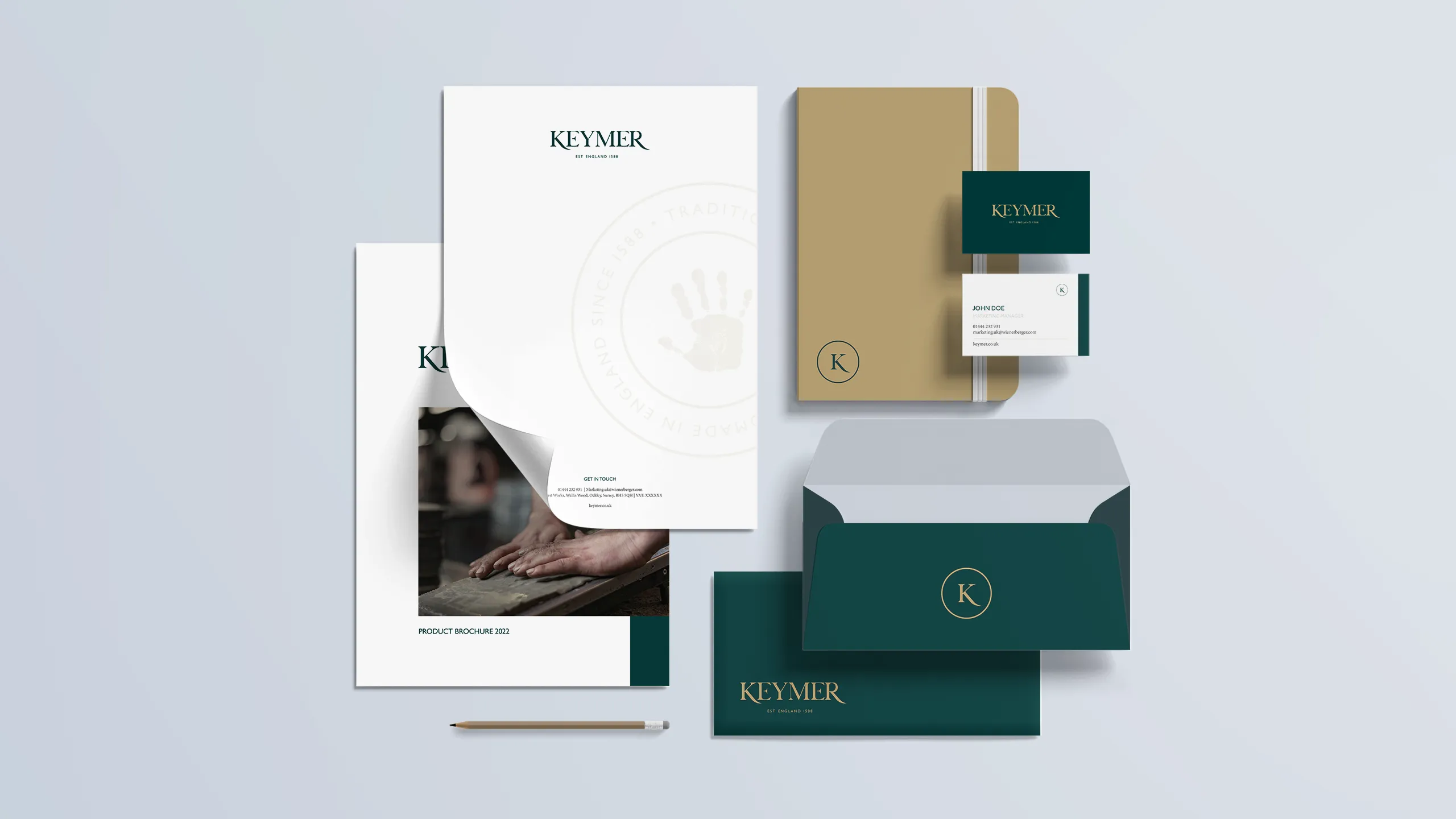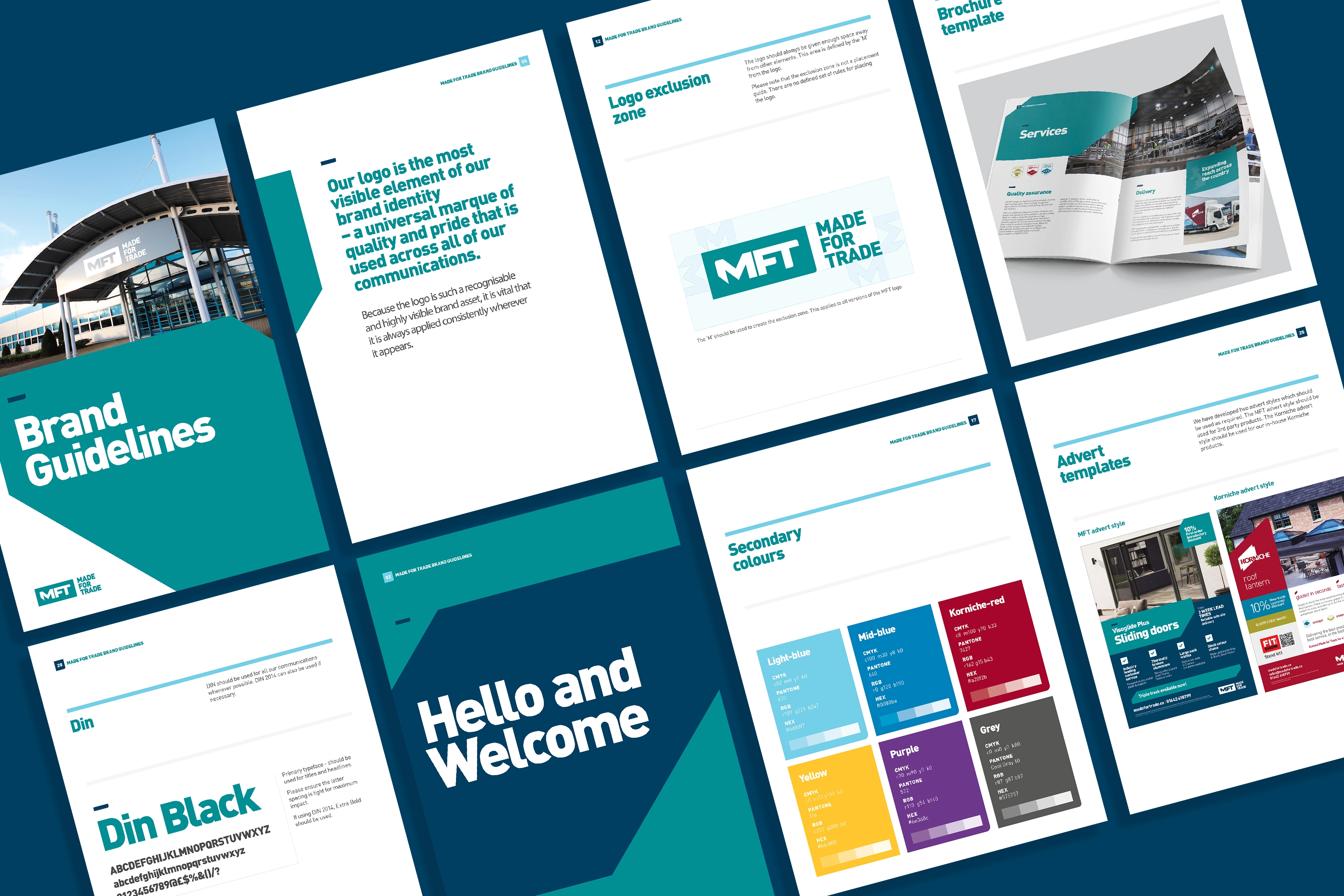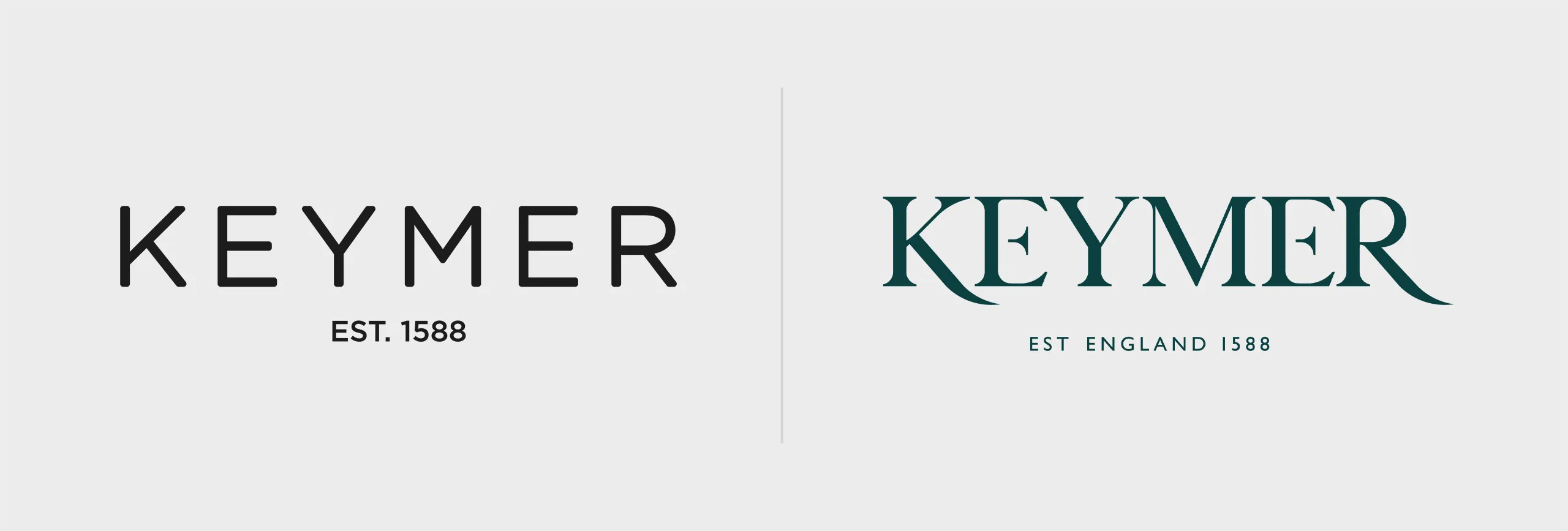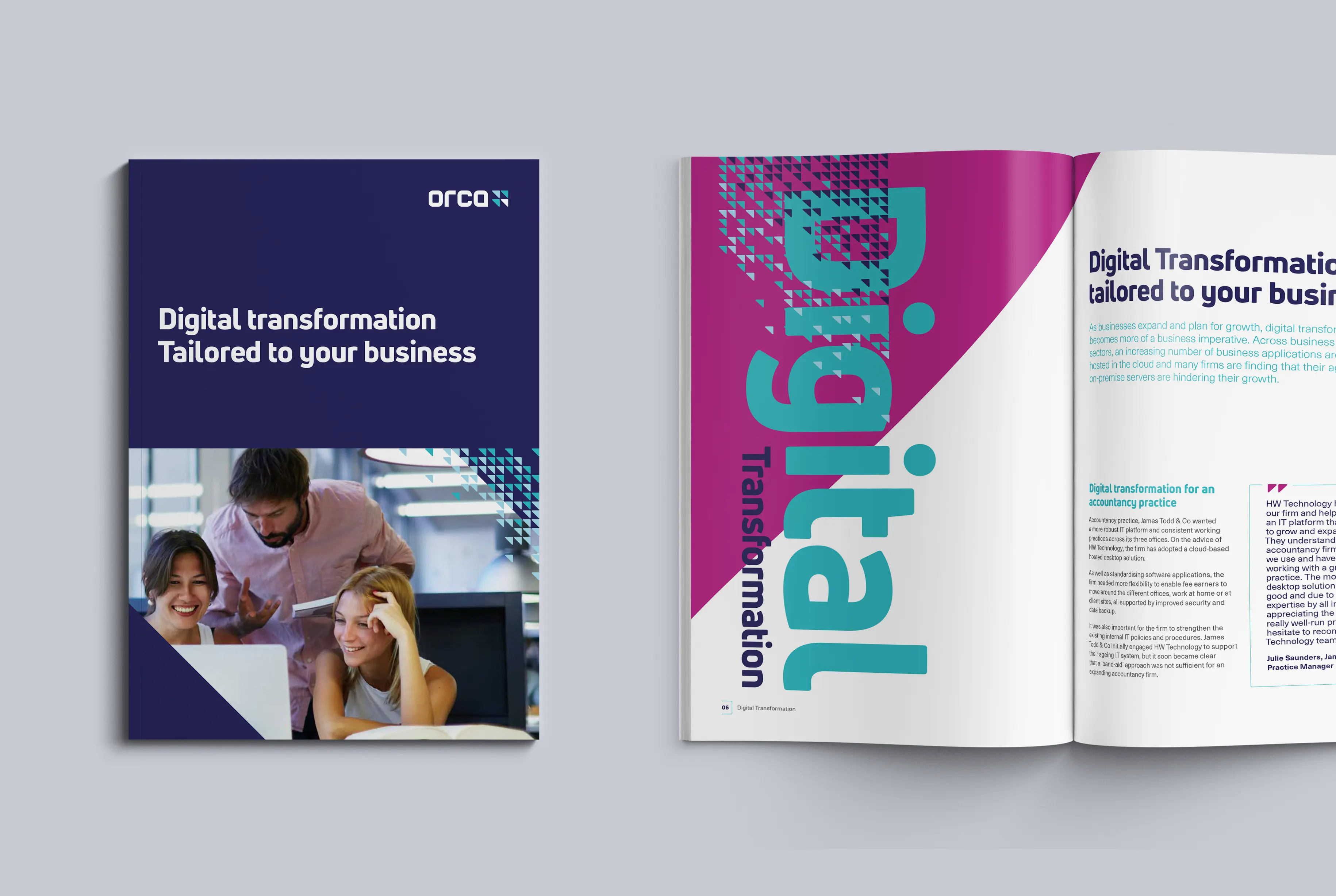When undertaking a rebranding process, it is essential to be aware of the potential risks of rebranding and plan for solutions in case any issues arise.
What can rebranding do?
The best branding are those that become a part of our day-to-day lives.
The transformation of product names into general terms, such as “Hoover” for vacuum cleaner, “Googling” for searching a query online, and “Crock-Pot” for slow cooking of food, are all examples of product names transforming into a general term. This even happens when referring to competitors. That’s the end goal of your brand reboot and you can achieve it if your campaign is executed perfectly. But before you get ahead of yourself, here are some rebrand risks that could turn any advertising campaign on its head.
Rebranding a company can be a risky undertaking. It has the potential to bring about a significant positive change and attract new customers. However, it can also potentially alienate pre-existing customers and lead to total failure if not executed well. The risks of rebranding a company can be considerable and it is important to consider them all before making the decision.
What could possibly go wrong?
Making a huge transition from an old design to a new one can be too unnerving for some people. You want to maintain a sense of familiarity within the colours, iconography, and overall messaging so that older customers can still recognise you. Also, it’s essential to capture the attention of a new customer base. You don’t want to change too much that you need to start building up a brand identity from scratch. Instead, you want to create branding that is able to bring your pre-established audience into the new era, while also appearing inviting to new potential customers.
Customer Service
In addition to these risks of rebranding, there is also the potential for customer service to suffer during the rebranding process. It is important for companies to effectively communicate any changes to their branding to customers, to avoid confusion or frustration. It is essential to ensure that customers have a clear grasp of the reasoning behind the rebranding, and that communication between stakeholders is effective. To mitigate this risk, it is important to ensure that customer service is a priority during the rebranding process, and to provide customers with clear information about the changes that are taking place.




